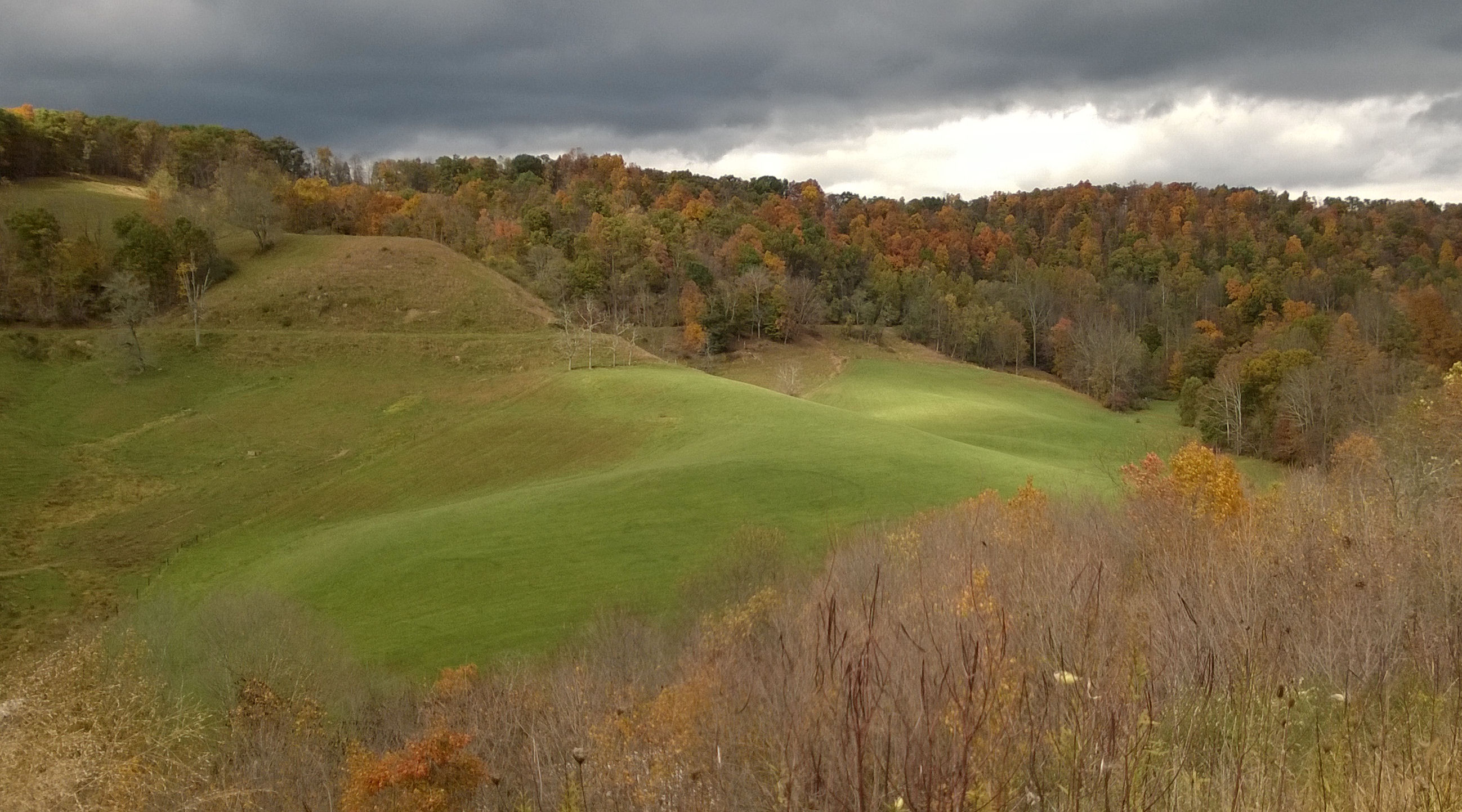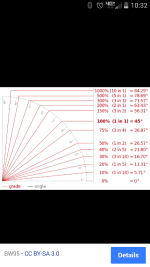My opinion, the more weight you have under you the better. 200# man setting atop a 2000# machine is at more risk of rollover than a 200# machine setting atop a 6000# machine. You want width for stability, weight for traction, and a low center of gravity.
I also recommend HST for extreme hills too. They're generally a good bit heavier than their gear counterparts and that weight is built low in the machine so helps the center of gravity. HSTs also allow for slower/smoother movements and don't jerk around or freewheel when power is suddenly cut from the drivetrain. Most people's nerves prevent them from operating a clutch as smoothly when they're on three wheels teetering at the top of a long steep grade, and even the best of tractor brakes leave something to be desired on extreme hills...
When filling the tires, don't go over 60-65% full, it keeps the weight in the bottom part of the tire, keeping the center of gravity lower. Filling above the axle line doesn't lower the center of gravity nearly as much, it only adds weight. Filling above the top of the rim will lower the center of gravity.
Lots of folk will try to sell you on a loader, which is a nice tool to have, but they suck on extreme hills. Get a set of front suitcase weights so you can remove the loader, they keep all the weight at the centerline of the tractor which increases sideways stability. You have to keep a loader bucket low to the ground or it affects stability on mostly flat ground. On a hill this is amplified. The large upright masts the loaders mount to are holding the weight of the loader above the front wheels and it doesn't have to be up very far before it acts as a lever trying to pry the tractor over onto it's side... Keeping it low on extreme terrain is a constant exercise. It must be raised to start up a grade so it doesn't dig in, it must be lowered as you climb and crest a grade to keep the front tires well planted. On uneven side slopes it's not so bad, but on my land as the slopes change direction the corners of the bucket can drag if keeping it too low. Suitcase weights eliminate all of that...
Right now my dog can't make it up our hill due to the mud or I'd take some pics for ya... All I can tell ya for now is we have hills and we use tractors!
For the most extreme of hills I'd advise constructing a roll cage for the tractor. It is quite common here to see the entire tractor caged.


